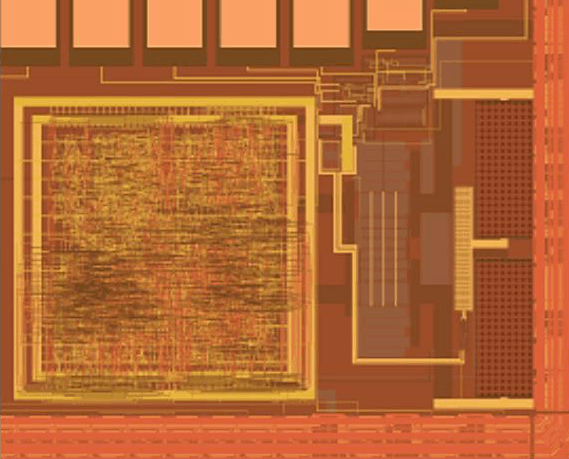AC/DC: engineers shrink size and cost of RFID chips
Engineers have developed techniques to create passive radio-frequency identification tags that are 25 per cent smaller and less expensive.

The team at North Carolina State University made this breakthrough by removing the step that converts alternating current (AC) to direct current (DC) in order for the tags to function effectively.
In passive RFID technology, a reader transmits a radio signal that is picked up by the RFID tag. The tag converts the AC of the radio signal into DC in order to power internal circuits, which control the signal that is bounced back to the reader.
"By eliminating the hardware that is used to convert the AC signal to DC for powering the circuit, we are able to make the RFID tag much smaller and less expensive," said Paul Franzon, a professor of electrical and computer engineering at NC State and senior author of a paper on the work. The research was conducted with NC State Ph.D. students Wenxu Zhao and Kirti Bhanushali.
Register now to continue reading
Thanks for visiting The Engineer. You’ve now reached your monthly limit of news stories. Register for free to unlock unlimited access to all of our news coverage, as well as premium content including opinion, in-depth features and special reports.
Benefits of registering
-
In-depth insights and coverage of key emerging trends
-
Unrestricted access to special reports throughout the year
-
Daily technology news delivered straight to your inbox










UK Enters ‘Golden Age of Nuclear’
Anybody know why it takes from 2025 to mid 2030's to build a factory-made SMR, by RR? Ten years... has there been no demonstrator either? Do RR...